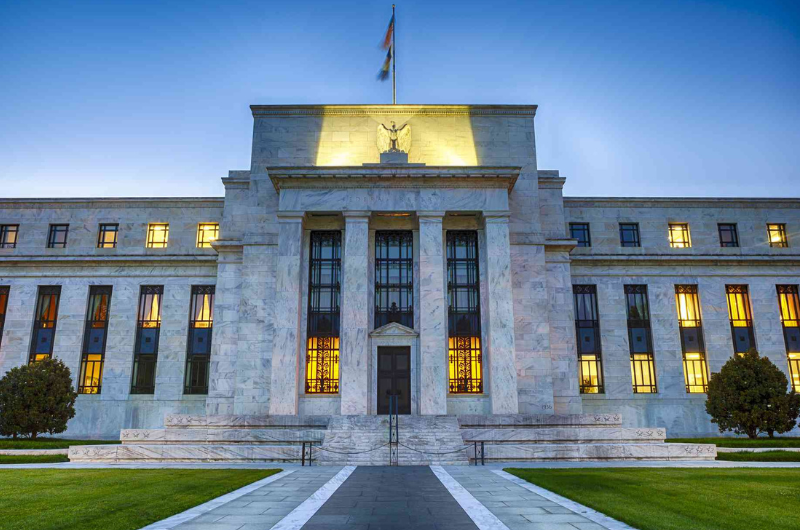


The Federal Reserve released its latest Supervision and Regulation Report, which focuses on developments in three areas: the financial condition of the U.S. banking system, regulatory developments outlining the Fed’s recent policy work, and supervisory developments on current programs and priorities.
The report points out that:
Fed’s ‘Economic Wellbeing of U.S. Households’ Report
The Economic Wellbeing of U.S. Households in 2022 report examines the financial lives of U.S. adults and their families. The report draws from the 10th annual Survey of Household Economics and Decision-making, or SHED, which was conducted in October 2022. The report, downloadable data, data visualizations, and a video summarizing the survey’s findings are found here.
Overall, results from the survey indicate a decline in people’s financial wellbeing over the previous year. The 2022 survey found that self-reported financial wellbeing was among the lowest levels observed since 2016. It also shows that higher prices have negatively affected most households, though workers continued to experience a strong labor market. Key findings from the report about how people were faring financially in 2022 are below:
2855 East Guasti Rd., Suite 202
Ontario, CA 91761
909.212.6000
1201 K. St., Suite 1050
Sacramento, CA 95814-3992
916.325.1360
c/o Great Basin FCU
9770 South Virginia Street
Reno, NV 89511-5941
202.638.5777 www.cuna.org
www.dfpi.ca.gov
Clothilde “Cloey” V. Hewlett — 415.263.8500
fid.state.nv.us
702.486.4120 (Las Vegas)
775.684.2970 (Carson City)